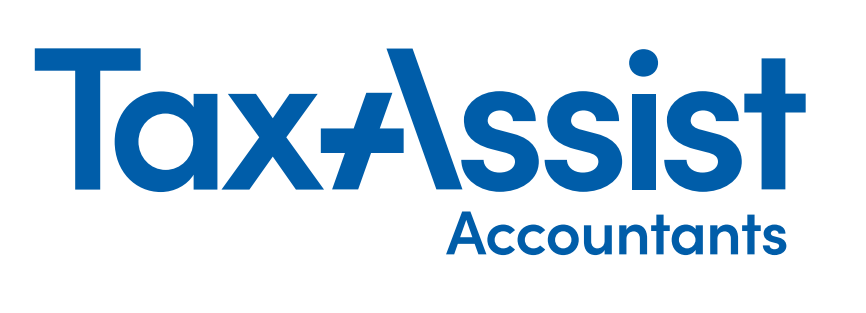Major UK Corporation Tax Changes in April
Corporation tax is a tax that companies pay on their UK profits. The current rate of corporation tax for all companies in the UK is 19%, regardless of how much profit they make.
However, this was not always the case. Corporation tax was introduced in 1965 as part of the Finance Act 1965. The rate has changed over time, from 28% in 2010 to 19% in 2017 and it will change again from 1 April 2023, when new rules will come into effect. Here are the details.
The New UK Corporation Tax Rates
From 1 April 2023, there will be two different rates of corporation tax, depending on the level of profits:
- A small profits rate (SPR) of 19% for companies with profits up to £50,000
- A main rate of 25% for companies with profits over £250,000
There will also be a marginal relief for companies with profits between £50,000 and £250,000, which will reduce their effective tax rate gradually from 25% to 19%.
The new rates will apply to financial years starting on or after 1 April 2023. For example, if your company's accounting year ends on 31 December, you will pay corporation tax at the new rates for the year ending 31 December 2023.
How to Calculate Your Corporation Tax
To calculate your corporation tax liability, you need to work out your taxable profits. This is done by deducting your allowable expenses from your income. Some examples of allowable expenses are:
- Staff salaries and wages
- Rent and utility bills
- Business travel and subsistence
- Advertising and marketing costs
- Interest on business loans
- Research and development costs
Some examples of expenses that are not allowable are:
- Entertainment
- Depreciation
- Amortisation (except for some goodwill)
- Some business gifts
- Some legal fees
Once you have calculated your taxable profits, you need to apply the relevant corporation tax rate depending on how much profit you have made.
For example, if your company has made £100,000 of taxable profit in the year ending 31 December 2023, you will pay corporation tax at:
- The SPR of 19% on the first £50,000 = £9,500
- The marginal relief on the next £50,000 = £11,375 (calculated as (£100,000 - £50,000) x ((25% - (19% + ((£250k - £100k) / (£250k - £50k)) x (25% -19%)))))
- The total corporation tax liability = £20,875
The Implication for Associated Companies
If your company has any associated companies, you need to take them into account when calculating your corporation tax liability. An associated company is a company that is under the control of another company or person(s), or shares control with another company or person(s).
For example,
- A Ltd owns B Ltd -> A Ltd and B Ltd are associated companies
- C Ltd owns D Ltd and E Ltd -> C Ltd , D Ltd , E Ltd are associated companies
- F Ltd owns G Ltd , H Ltd owns I Ltd , F Ltd and H Ltd are owned by J -> F Ltd , G Lt d , H Lt d , I Lt d are associated companies
The implication of having associated companies is that you need to divide the corporation tax thresholds by the number of associated companies plus one.
For example,
- If A Ltd has no associated companies -> It can use the full thresholds o f £50k an d £250k
- If A Ltd has one associated company (B Ltd) -> It can use half of t he thresholds of (£50k/2)=£25k and (£250k/2)=£125k
- If A Ltd has two associated companies (B Ltd an d C Ltd) -> It can use a third of the thresholds of (£50k/3)=£16.67k and (£250 k/3)=£83.33k
This means that having more associated companies reduces your eligibility for paying corporation tax at lower rates.
Conclusion
The new corporation tax changes will affect how much tax you pay on your company's profits from 1 April 2023. Depending on how much profit you make and whether you have any associated companies, you may pay more or less than before. While you can't really reduce profits just to pay less tax, you might be able to reorganise company ownership in order to reduce the number of associated companies and therefore reduce your taxes. For example if a husband and wife have separate businesses but with cross ownership, it makes sense to if their profits are below £250k to change the ownership structure so that each one owns its business and there is no more associated companies.




